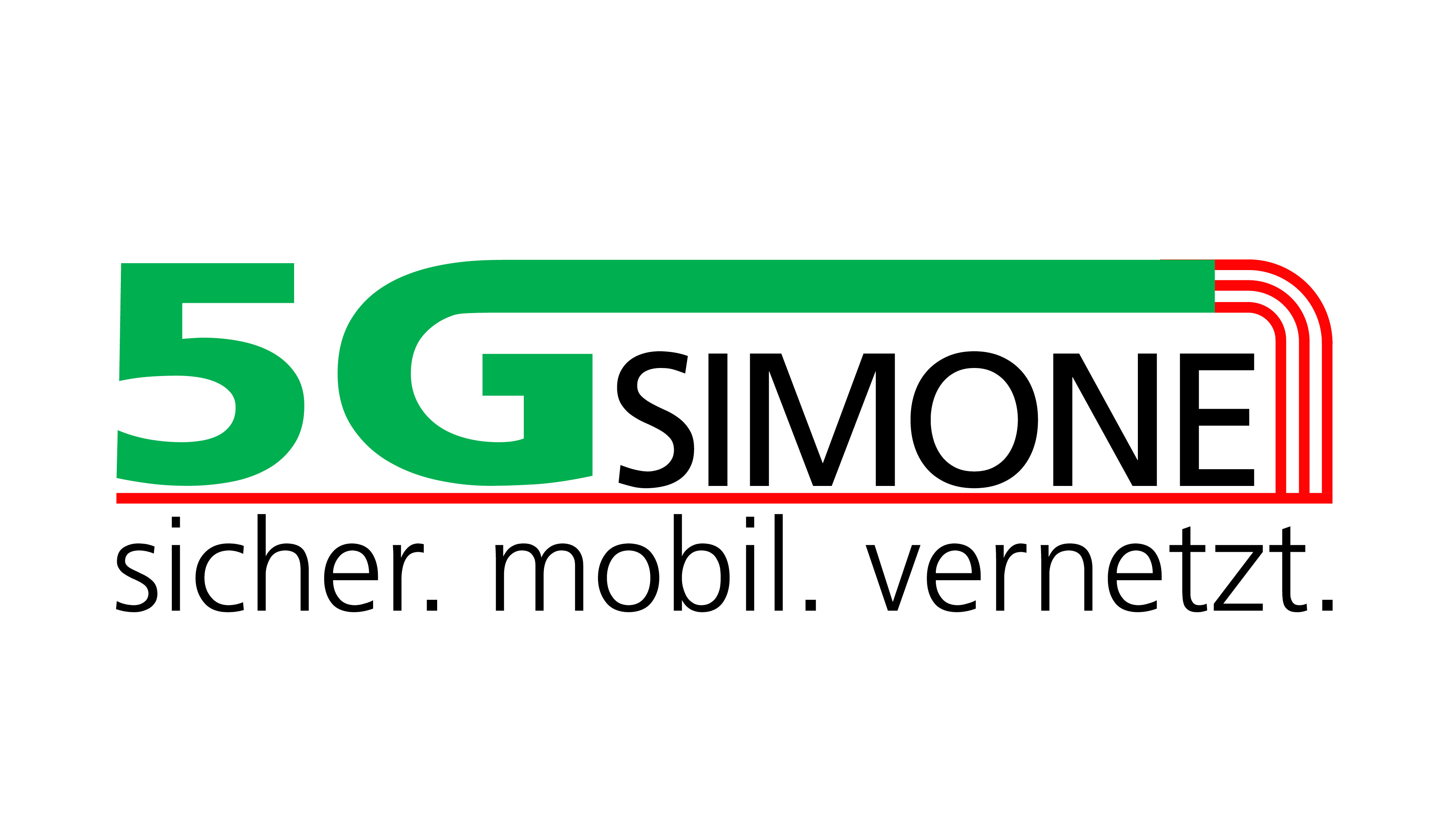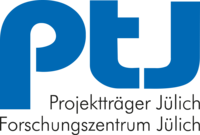
5G SIMONE: 5G SIMONE sicher.mobil.vernetzt mit 5G

Fifth generation of mobile networks (5G) offers novel possibilities for transmitting large amounts of data quickly and reliably over long distances. This results in new fields of application for contactless networking, for example autonomous rail transport, but also special requirements.
Autonomous rail transport and in particular the self-driving monorail vehicles (MonoCABs) of the MonoCAB project have special challenges: The MonoCABs are based on a gyro-stabilisation system, which, among other things, has to respond to special external influences. Examples include natural gusts of wind or gusts from oncoming MonoCABs. The "closed-loop control" used must include this information as early as possible in the stabilisation control, i.e. it must be reliably informed about their occurrence.
In order to achieve this goal, both, vehicle-to-vehicle communication (V2V) and vehicle-to-infrastructure communication (V2X), are needed. This communication must be reliable and able to handle large amounts of data. The new fifth-generation mobile network (5G) currently appears to be the best possible solution in this context and is to be investigated with regard to its applicability as well as its limitations.
As part of the project "sicher.mobil.vernetzt mit 5G" (5G Simone), the Institute industrial IT (inIT), the Institute Future Energy (iFE), Fraunhofer IOSB-INA, DB Systemtechnik GmbH, T-Systems International GmbH and biqx GmbH are researching the applicability of 5G in the context of closed-loop control applications.
In addition to these challenging technical requirements, multimedia data is also to be transmitted in parallel to the (vehicle) user data. This results in further indispensable requirements for the data networks used: these must be able to prioritise safety-critical data and meet the requirements for latency and accuracy.


